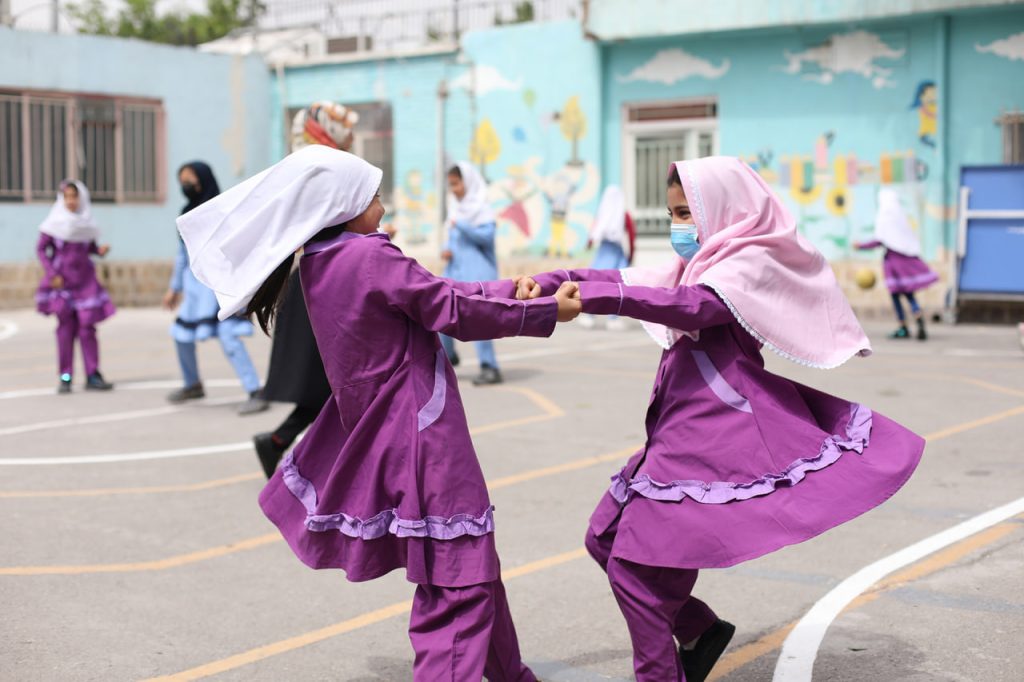Children are important family members at any age. Still, they qualify as society members by providing a glimpse of what could be accomplished by nurturing their admirable behavior’s early and spontaneous development. Therefore, caring for children is vital for the future well-being of any society.
Children must feel secure and have their basic needs met, including shelter and food. In addition, parents should provide for their children’s physiological and psychological needs due to their inability to provide for themselves.
Education is another essential requirement for them. Keeping children out of school or depriving them of an education is also unacceptable.
Social skills should also be taught to foster relationships within the family and society. According to studies, everyday interactions with parents are crucial to developing a child’s social skills. Parents provide the very first opportunities for a child to develop relationships, communicate, and interact. Understanding social boundaries and following the rules should be regarded as one of the most essential skills for children. However, not everyone is subject to the same rules.(1)

There are two primary group types: primary and secondary. As the names suggest, the primary group, such as family and relatives, is long-term and intricate. The second group in society plays different roles. They are transactional, task-oriented, and short-term and serve practical purposes. They provide a social network that facilitates comparisons between individuals. Similar to a coworker and classmate relationships.
The socialization process begins in primary groups and concludes in secondary groups.
This process is entirely different for children who engage in child labor or are vulnerable because they did not grow up in supportive families. Consequently, there is a severe lack of training systems. The profound effect of SOBHE ROYESH is present as a subcategory of the secondary group. In some instances, by teaching hard and soft skills, they attempt to compensate for the gaps in the first group.
